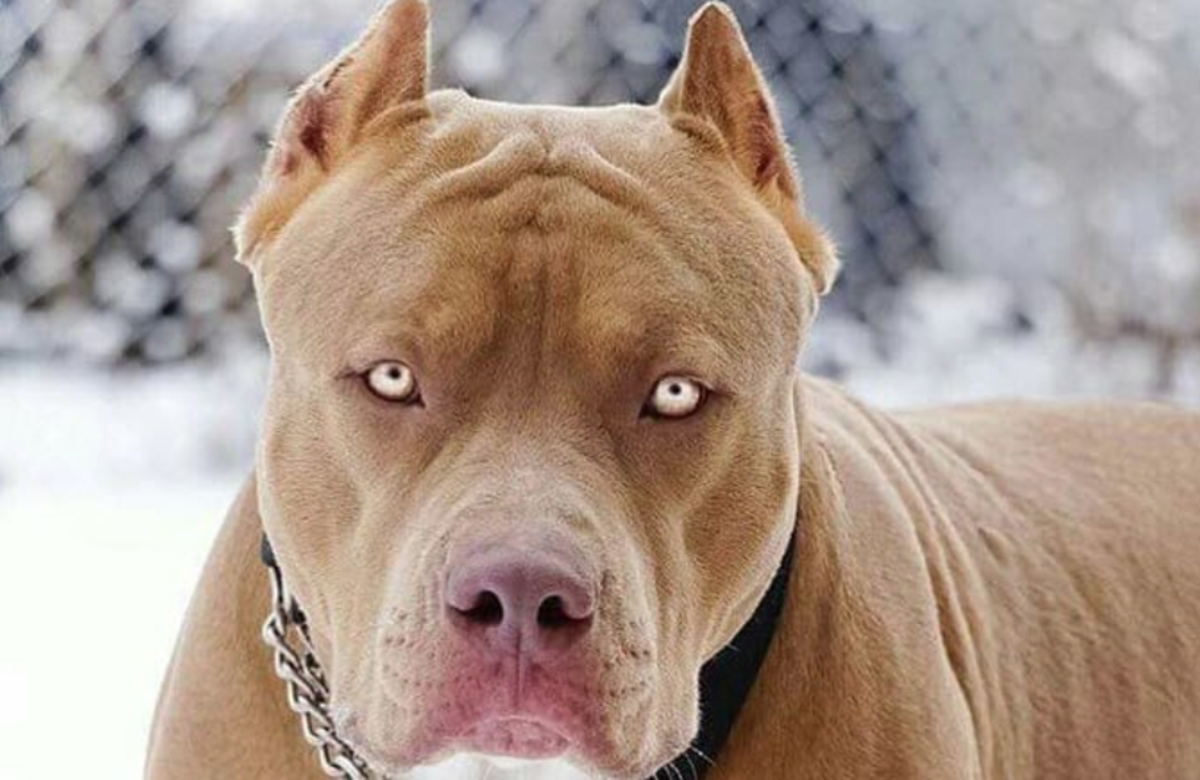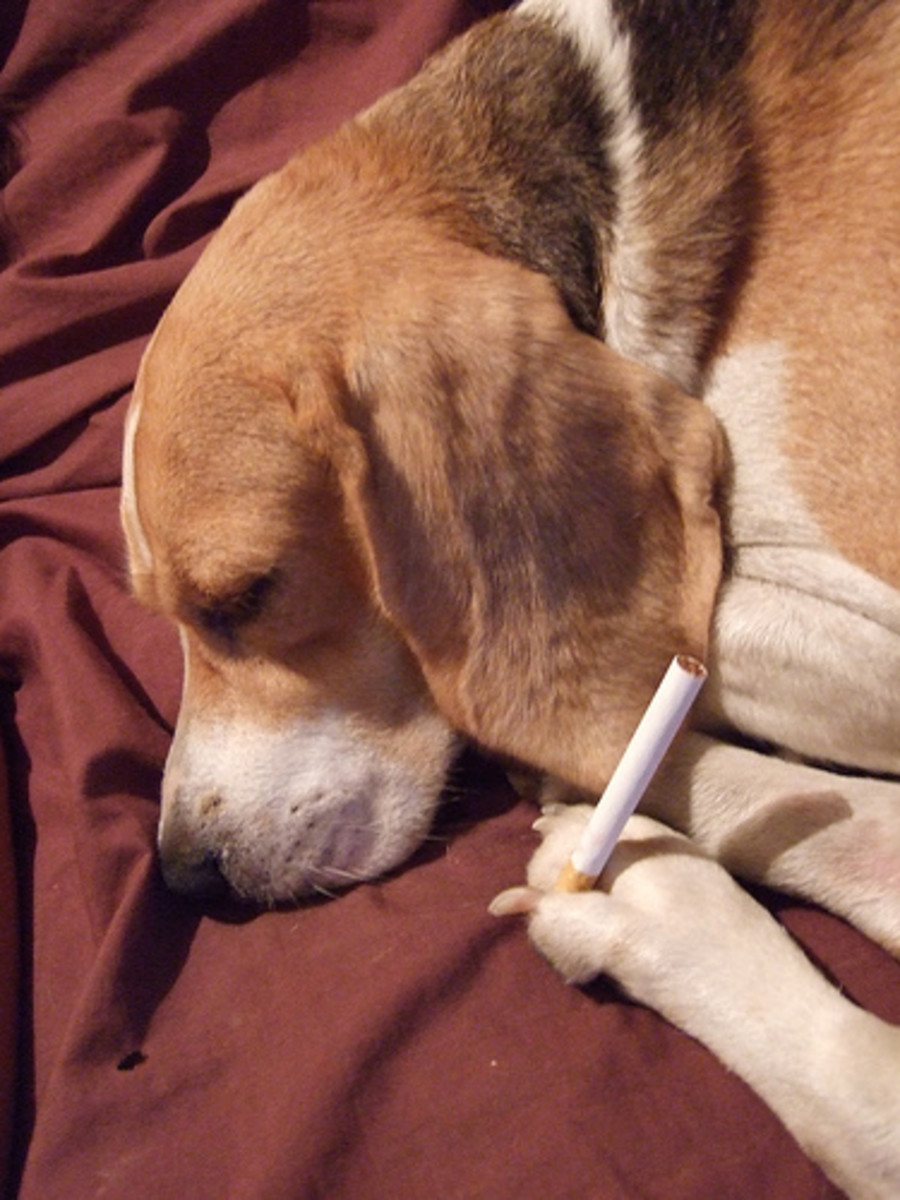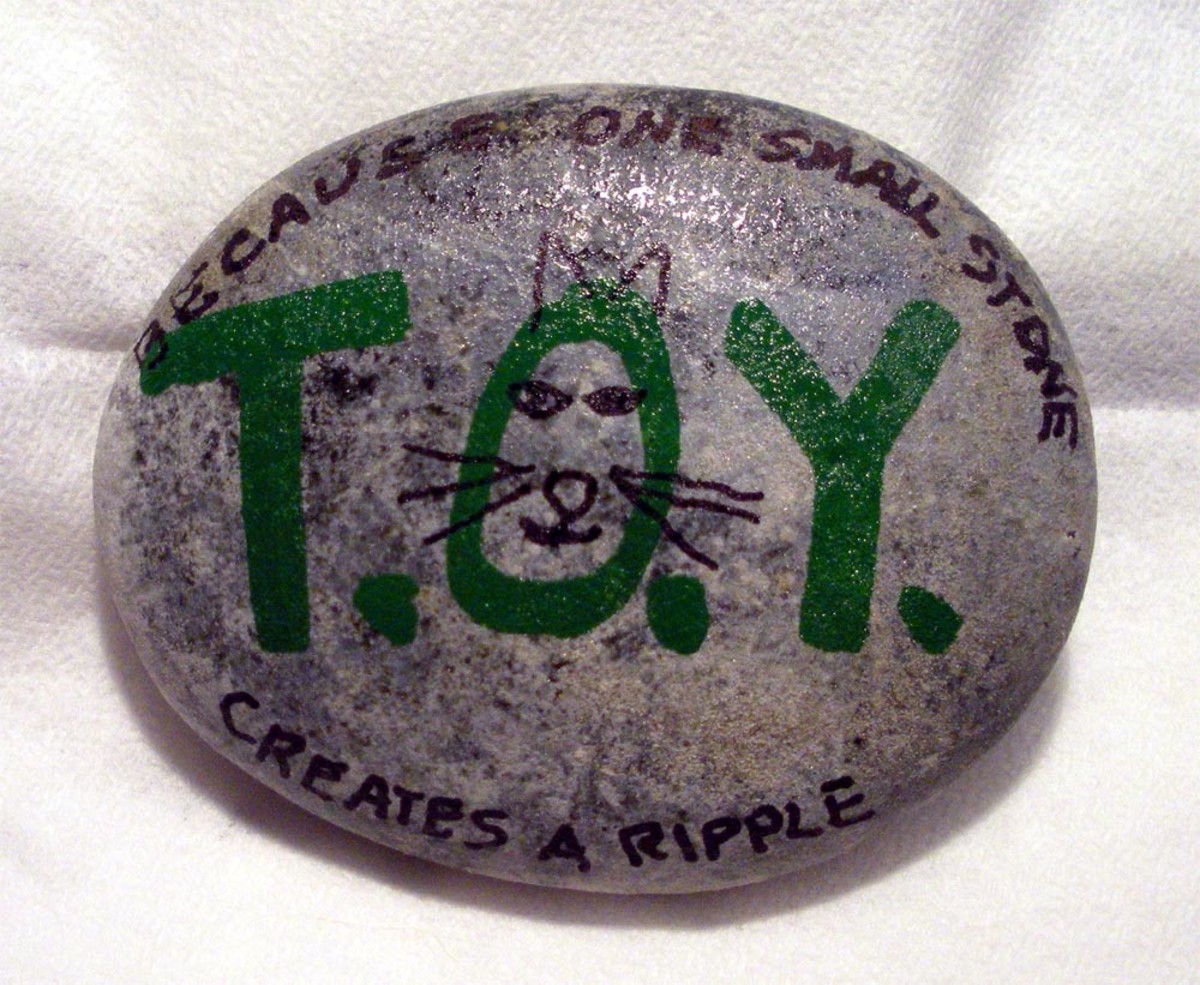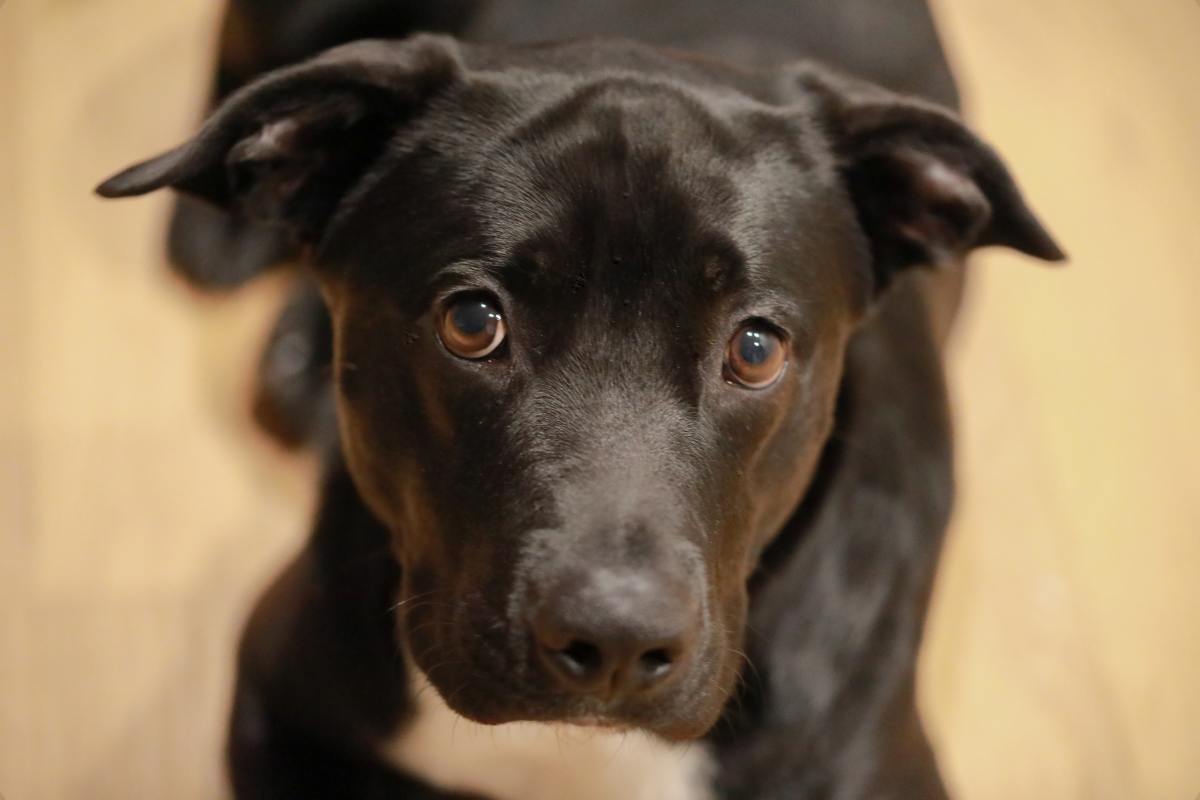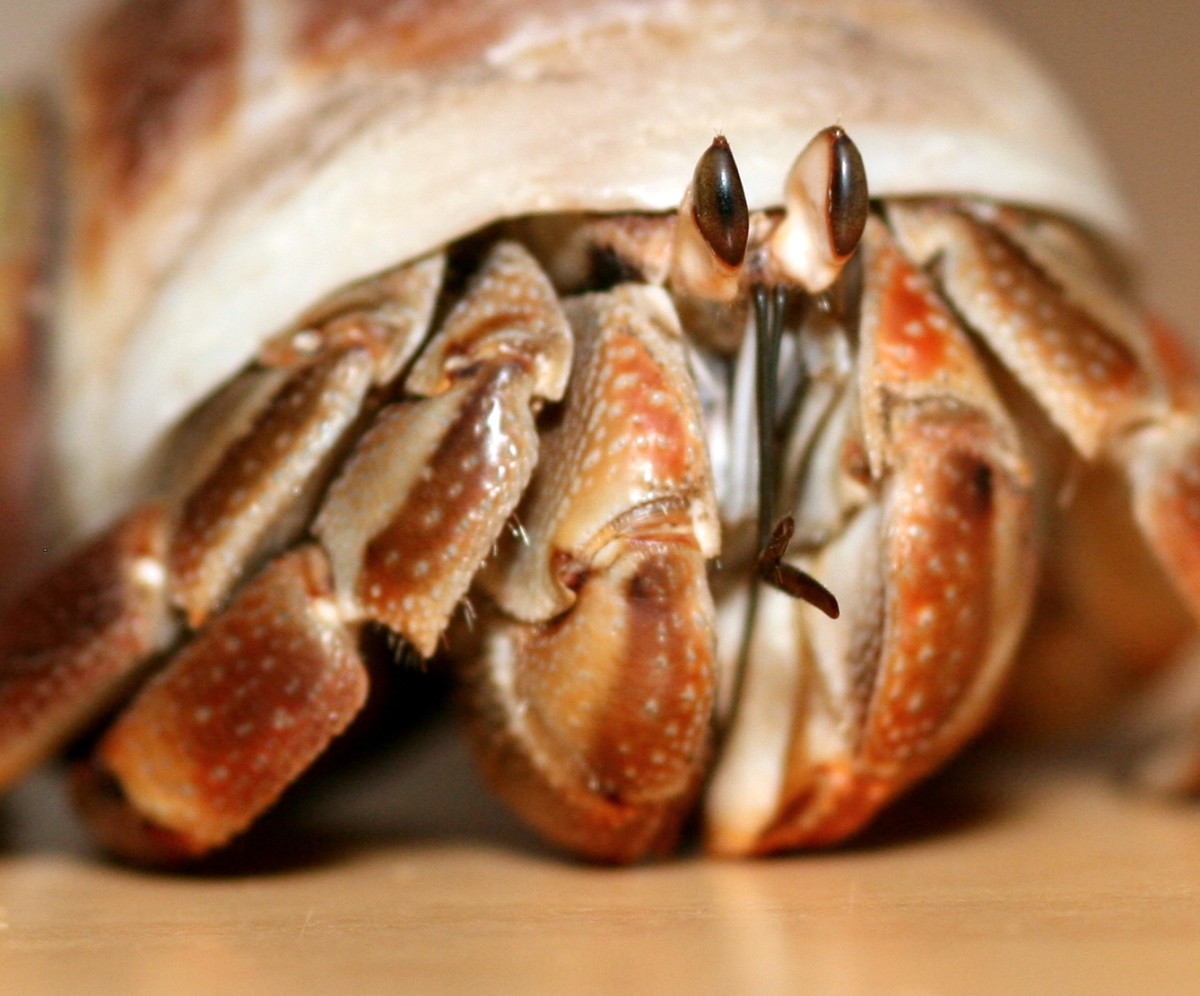Easter and Chocolate Is Dangerous for Dogs.

Symptoms to watch out for
If you suspect that your pet pooch has eaten chocolate, or witnessed it for yourself there are a few key steps that you should take
In the first 2-4 hours, watch out for:
- Any evidence of vomiting or diarrhea
- Signs that your dog is unusually hyperactive
- Increased urination
- Restlessness or excessive panting (associated with the increase in heart rate)
More severe signs are obvious seizures, tremors or moments of unconsciousness.
Why is chocolate dangerous for dogs?
Why is chocolate so dangerous for dogs but not humans?
The reason is due to the existence of a substance called theobromine.
Theobromine is a naturally occurring stimulant which is present in the cocoa bean. In addition to the presence of caffeine, these stimulants have an affect on the central nervous system of not just dogs, but many household animals including birds and cats.
Put simply, stimulants and dogs are a dangerous mix.
Theobromine can also affect the heart muscles of our loving pets and can remain in their bloodstream for an extended period of time because it metabolises very slowly.
Whilst chocolate is available all year round, this message is of particular importance around the Easter period when chocolate is in abundance and more attention needs to be given to children with chocolate when around pets.
Chocolate is not just dangerous, it is considered poisonous for dogs, cats and other animals.
What amount of chocolate is toxic for dogs?
There are many differing opinions on what dose, or volume of chocolate consumed, is too much. It differ greatly depending on the breed of your dog and its size. For example a small dog who may consume a small amount of chocolate could experience a far greater reaction than a large dog who consumer the same amount. This however is just a rough guide.
It therefore is understood that there is no amount of chocolate which is an acceptable amount.
How your pet dog reacts to eating chocolate is also unique, just like humans react differently to different foods and ingredients. Whether the dog has a greater sensitivity to theobromine is not a known fact.
Furthermore, the levels of theobromine can vary greatly depending on the type of chocolate so this is another factor in this ever so complicated calculation.
White chocolate has the lowest levels of theobromine in milligrams per ounce, with milk chocolate and dark chocolate showing far greater levels. Cocoa powder in its rawest form has extreme levels.
Chocolate is an Antioxidant for Humans
Whilst it is poisonous for our pampered pets, Chocolate, particularly dark chocolate has incredible health benefits, an an antioxidant and is wonderful for making incredible desserts.
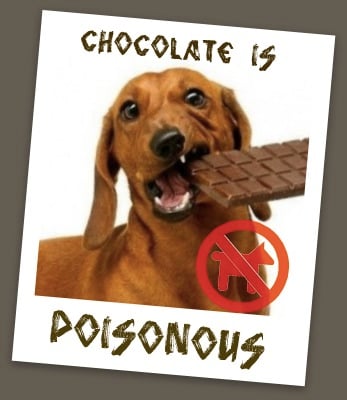
Chocolate is not only harmful for dogs. It may also affect your pets in your home including cats, birds or reptiles.
Keep all chocolate, and chocolate-coated treats, particularly at easter, well out of reach.
Steps to take if your dog eats chocolate
If you are made aware that your dog (or family pet) has consumed chocolate of any kind or size, the first step to take is to contact your local vet or dog hospital. Immediately.
They are trained to ask you a series of questions which will help them determine the next action required. Such questions will most likely include:
- How much chocolate was consumed.
-
What kind of chocolate was consumed.
- Type of chocolate - milk, dark or white
- Did it have nuts? Did it have a filling?
- Dog breed, size and weight.
- Any allergies, current medications or known health problems
- Current observed behaviours - i.e. whether they are acting normal, a little out of sorts, drinking more, etc
- Changes noticed since chocolate ingested
Based on this information, they will make an educated decision about what to do next. In some cases they may advise you to keep a close eye on them for the next 24 hours and they will give you some pointers to watch out for, or in the extreme they may ask you to bring your dog into see them for further examination and tests.
Carob: Dog-Safe Chocolate
Once a dog get a taste for chocolate they can all too easily enjoy the flavour and become addicted. Even if you see your dog eating a little piece of chocolate and notice absolutely zero side effects, don't think that it is OK to continue to treat him.
It is however, safe to give a dog carob and you can readily find in pet stores dog treats made from carob. If you want to treat your dog with something special you there are many 'recipes' available and even cookie cutters to make dog bone shapes.
Chocolate is dangerous for dogs, cats and other household pets. The impact it can have on their little immune systems is typically unknown and one piece of knowledge we really hope to never want to find out. If your pet does get hold of a chocolate Easter egg, chocolate cake or anything with cocoa, just take a moment to observe, collect all the information you can and make a quick call to your local animal doctor who will professionally advise the next steps.
Let's all be vigilant and keep our pampered pets safe at all times of the year, including Easter.
All Hubs are Original Material by 'Work At Home Mums' ©
This content is accurate and true to the best of the author’s knowledge and is not meant to substitute for formal and individualized advice from a qualified professional.
© 2012 WorkAtHomeMums


